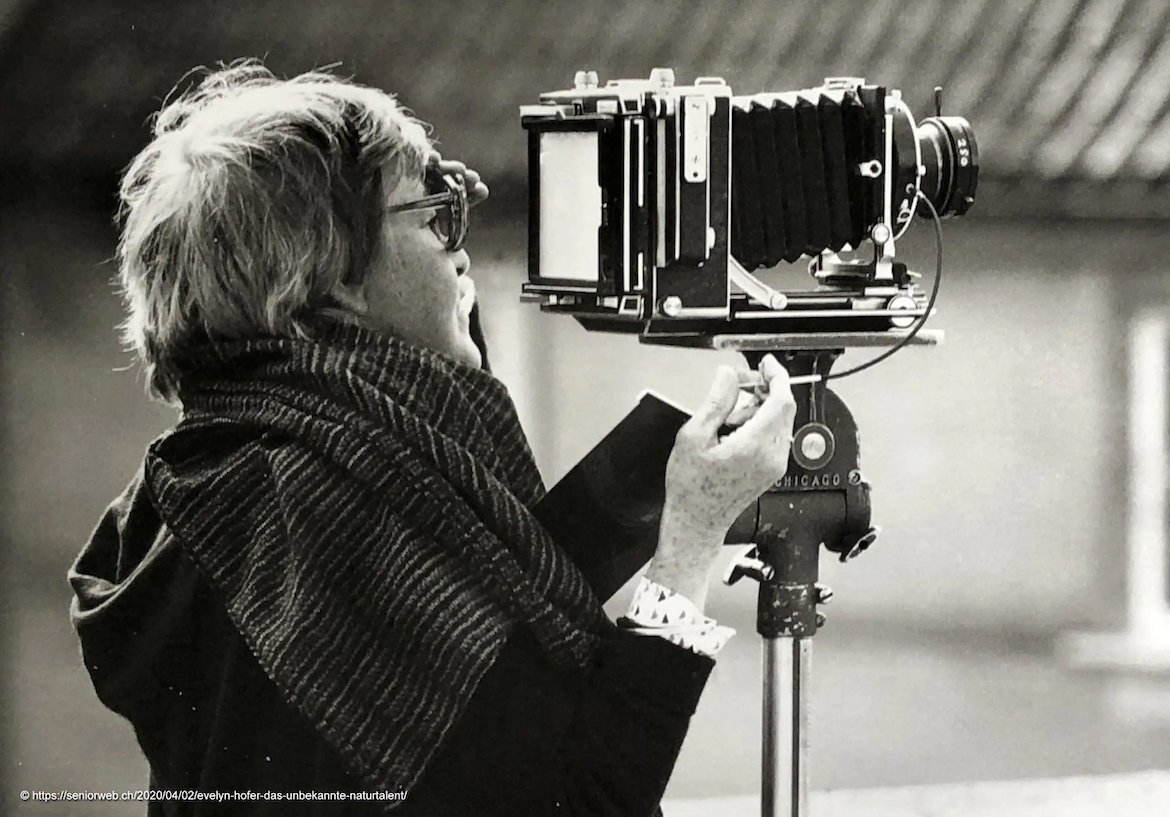Her work was mostly focused on the city of New York, at the time of the civil rights struggle, and captured both the ever-expanding architecture and the city's inhabitants of neighborhoods such as Harlem of the Bronx. Making orderly, well-constructed portraits and panoramic photographs, Hoer's style is centered on direct compositions that are clear but not simple. Her portraits show lost, sad and ambiguous subjects. Her visual language reveals a meticulous and precious sense of form, color and space.
Hofer was known for traveling to her subjects, whom she often photographed in a quiet, unchanging setting, and for working with an unlikely large format camera. This type of camera takes time and patience to work with, but she remained faithful to it until the end.
In the early 1960s, without giving up on black and white, Hofer became one of the first art photographers to adopt color film, at a time where color photography was reserved for advertising or fashion, and excluded from the field of art. She was thus considered a pioneer in the introduction of color in art, long before William Eggleston or Stephen Shore, and travel writers continually sought her out for collaborations.
Called "America's best-known unknown photographer" by Hilton Kramer, art critic for the New York Times, she was considered one of the great masters of contemporary photography.
Discover some of her work on https://galerie-m.com/artist_image_en.php?aid=65
© Adama Toulon - Julie Henry Poutrel
© Photo: seniorweb.ch


